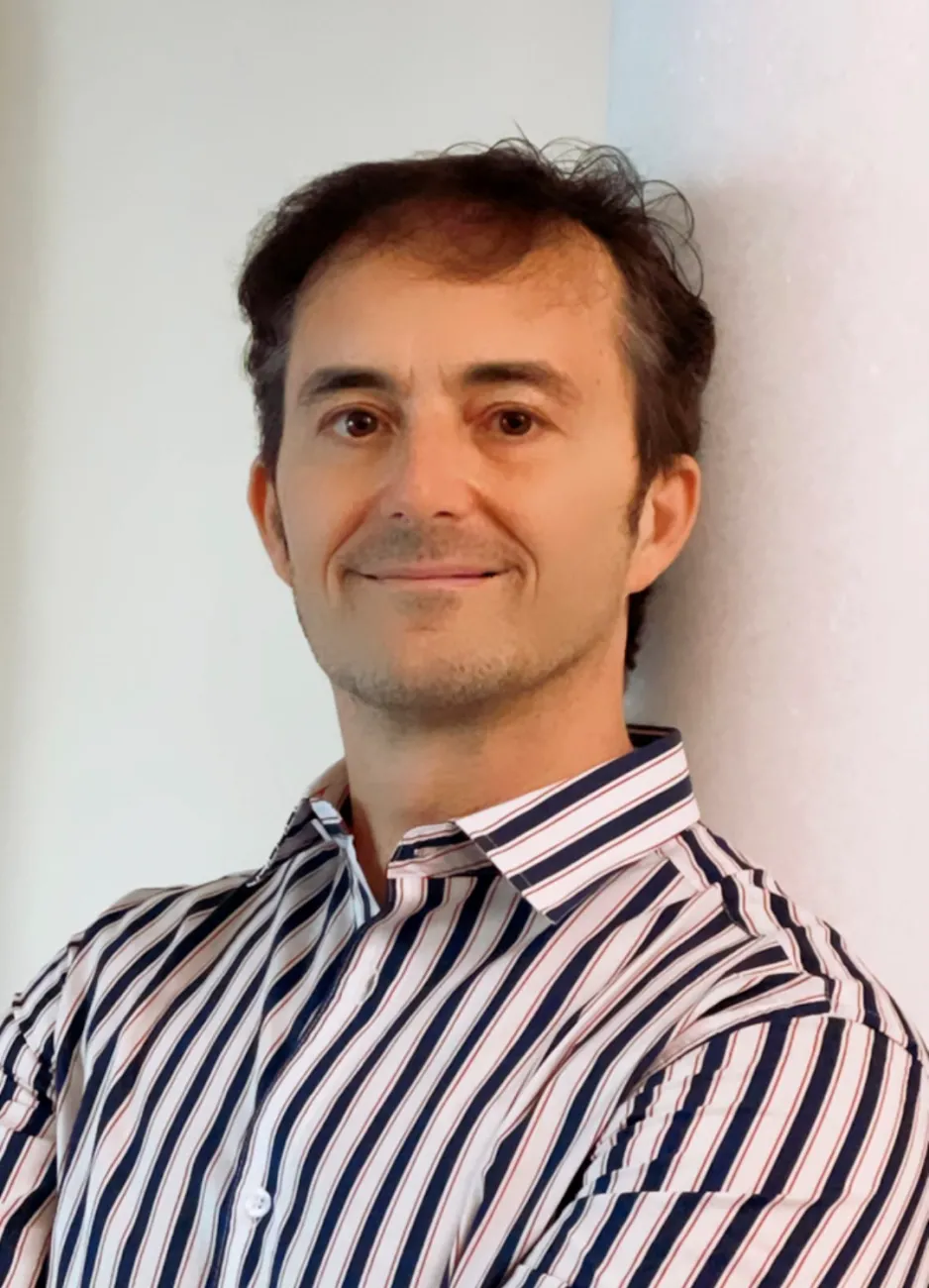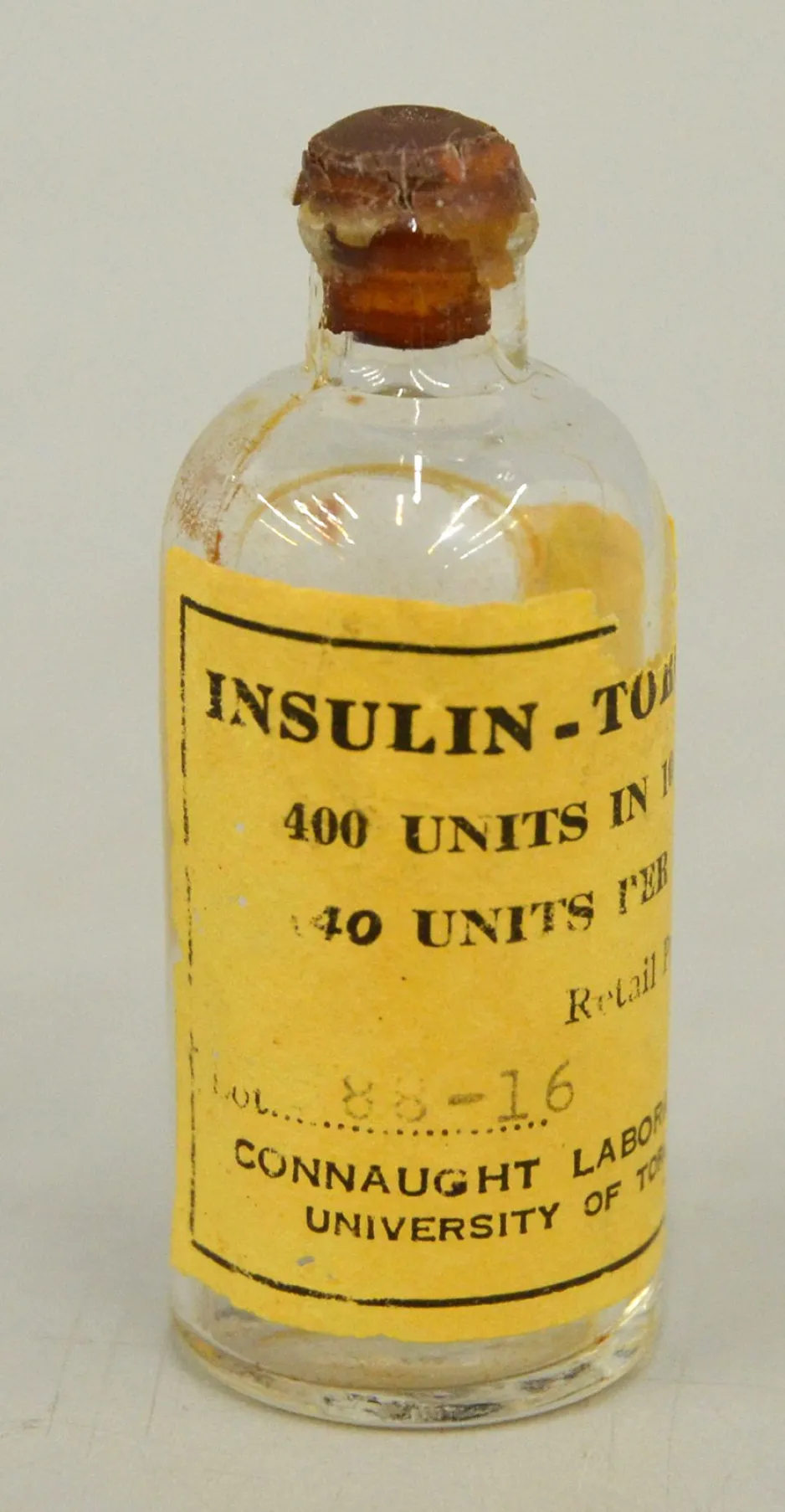Innovation and the future of diabetes: A conversation with an entrepreneur and diabetes dad
What is the future of innovation in science and technology? What impact will it have on society?
These two questions underpin ‘Curiosity on Stage,’ Ingenium’s thought leadership series on contemporary issues of global importance. Each event — staged at the Canada Science and Technology Museum in Ottawa — brings together leaders from private industry, academia, and government to discuss scientific and technological issues that are topical, divisive, and important to Canadians.
In November 2021, Curiosity on Stage hosted an event entitled, “Beyond injections: 100 years of insulin and the future of diabetes.” As one of the most common medical conditions affecting Canadians, an estimated two million Canadians, or one in 16 people, have been diagnosed with diabetes. A century ago, a diabetes diagnosis was a death sentence. With the discovery of insulin, millions of lives have been saved and improved.
The event’s guest speaker was Ron Shlien, an accomplished entrepreneur and co-founder of Mad Science Group Inc. As a diabetes dad, Shlien offered his insightful and thought-provoking perspective on insulin — a Canadian gift to humanity — and a look at promising innovations for the future. Following the event, the Ingenium Channel caught up with Shlien to continue the conversation.

Ingenium Channel (IC): Is there a profile for Canadians that are most likely to get type 2 diabetes?
Ron Shlien (RS): Yes, you are in fact more likely to develop type 2 diabetes if you are over 45, have a family history of diabetes, are overweight or obese. Diabetes is more common in African Americans, Hispanic/Latino, American-Indian, or Asian Americans. Although not everyone with type 2 diabetes is overweight, obesity and an inactive lifestyle are two of the most common causes. These factors are responsible for the majority of type 2 diabetes cases in North America.
People with less money, less education, and lower social status usually have less access to good food. They also have more barriers to exercise, more stress, and often more exposure to chemicals. People who have hard lives, like a history of trauma or a difficult childhood, also have more of these risk factors
IC: What can a person do to prevent type 2 diabetes, or slow the chances of moving from pre-diabetes to type 2 diabetes?
RS: There are several ways to try and prevent type 2 diabetes:
- Cut sugar and refined carbs from your diet
- Work out regularly
- Drink water as your primary beverage
- Lose weight if you're overweight or obese
- Quit smoking
- Follow a very low-carb diet
- Watch portion sizes
- Avoid sedentary behaviors
- Eat a high fiber diet
- Optimize vitamin D levels
- Minimize your intake of processed foods
- Drink coffee or tea along with foods high in antioxidants
IC: Can type 1 diabetes be prevented?
RS: Unfortunately not. However, there are new tests that can be performed to determine if you have the genetic marker that places you at a higher risk.
IC: What is the average age of diagnosis for type 1 diabetes?
RS: Type 1 is usually diagnosed before the age of 40, although occasionally, people have been diagnosed later after an illness causes an immune response that triggers it. Most type 1 diagnoses occur in children between the ages of four and 14.

This insulin bottle, now part of the Ingenium collection, was filled at the University of Toronto’s Connaught Laboratories in the 1930s (Ingenium 2002.0706.006).
IC: Is insulin the most expensive liquid in the world?
RS: Insulin costs $9,600/gallon, making it the sixth most expensive liquid behind:
- 5. Chanel No 5: $26,000/gallon
- 4. Horseshoe crab blood: $60,000/gallon
- 3. Lysergic acid (LSD): $123,000/gallon
- 2. King cobra venom: $153,000/gallon
- 1. Scorpion venom: $39,000,000/gallon
IC: If Insulin is in such demand – and if the patent was sold for only $1 – why are the prices so unbelievably high?
RS: Generally, basic economic principles would dictate that prices for goods and medicines should fall over time; as more competition enters the marketplace, prices are driven down. Despite insulin being price regulated in the U.S., the price has increased about eightfold over 20 years. I personally believe that manufacturers charge so much for a really simple reason: because they can. For example, if a video game system is too expensive, consumers can hold off buying, but with insulin, consumers can't walk away because they can’t live without it.
IC: Insulin is arguably one of the greatest Canadian innovations of all time. What do you think Canada’s next innovations in diabetes treatment might be?
RS: Cell-based therapy will undoubtedly provide a better, safer, and more curative option than insulin. For a long time, stem-cell treatment has been the anticipated future for diabetes, specifically making insulin-producing beta cells, which the body would either tolerate through cell encapsulation or some mild immunosuppressant. A couple of great companies are on the fringe of precisely this:
- Vertex has started a clinical trial on a “stem-cell-derived, fully differentiated pancreatic islet cell therapy.” It’s a fancy way of saying that they found a way to transform stem cells into insulin-producing beta cells.
- ViaCyte, based on Canadian technology (known as the Edmonton Protocol), has begun a phase 2 clinical trial using encapsulated cells that transform into insulin-producing beta cells. Check out Lisa Hepner’s upcoming Ingenium talk on ViaCyte. She will share lots of exciting information in stem-cell therapy and provide an update what how close we are to commercialization.
IC: Research funding in Canada is lower than in some other countries – how can we convince government to invest more?
RS: I am not sure that’s it simply a matter of spending more on research. I would instead recommend being strategic and deliberate with the investment budget, by focusing those funds on using methods that increase opportunity. Having the government invest alongside expert incubators looking to identify, accelerate, and commercialize specific medicines or technologies offers a terrific compounding effect. This will result in private and public partnerships that are better funded, more focused, and deliver better commercial potential than pure research. Don’t misunderstand; pure research is very important but the commercial focus will likely get there sooner and spend fewer dollars in the process.
In March 2022, don’t miss the chance to join the final Curiosity on Stage event in the series “Beyond Injections: 100 years of insulin and the future of diabetes.” Guest speaker Lisa Hepner will focus on ‘The Human Trial,’ the story of a biotech start-up on the verge of a major medical breakthrough. This clinical trial may lead to a cure for type 1 diabetes.




































